17 Best Japanese Landscaping Ideas for Zen Gardens
Japanese landscaping is known for its simplicity, balance, and connection to nature, creating a peaceful and spiritual environment. Its designs often incorporate natural elements like stones, water, and greenery to evoke tranquility and harmony.
Japanese gardens are meticulously crafted to create a sense of order and calm, with each feature holding symbolic meaning. These spaces provide a retreat from the chaos of daily life, offering moments of quiet reflection.
Their beauty lies in their thoughtful use of space and natural materials. Explore these 17 Japanese landscaping ideas to create your own Zen retreat:
Create Winding Paths
Designing winding paths enhances your outdoor space by inviting adventure and curiosity. Incorporating stepping stones or naturally shaped rocks fosters a seamless connection with nature while guiding the eye through the landscape.
This layout encourages exploration, allowing you to enjoy every corner of your garden. A well-crafted pathway not only adds visual interest but also creates an atmosphere of tranquility and balance in your environment.
Consider how these pathways can transform ordinary spaces into enchanting journeys for all who visit.
Introduce Bamboo Elements
Bamboo plays a vital role in enhancing Japanese gardens. You can plant it strategically to establish privacy, effectively shielding your space from prying eyes.
Utilizing bamboo poles allows for the construction of unique fences and trellises that blend seamlessly into nature. Incorporating bamboo water spouts introduces gentle sounds that elevate any water feature, making your garden more inviting.
This versatile plant truly enriches outdoor environments with its natural charm and functionality.
Use A Variety Of Textures
Incorporating diverse textures in your garden brings a captivating visual appeal. Imagine the striking contrast between smooth stones and lush moss, or think about how coarse gravel can complement delicate ferns.
You might find that pairing the rugged bark of trees with soft leaves from shrubs creates an engaging landscape. This variety not only enhances beauty but also adds depth to your outdoor space, making it more inviting and dynamic for anyone who experiences it.
It’s all about creating a harmonious blend that sparks curiosity and enjoyment in nature's design.
Introduce Zen Elements
Integrating Zen elements into your outdoor space can transform it into a serene retreat. Think about adding features inspired by Japanese gardens, such as meditation spots or carefully arranged stones.
A dry rock garden or a small sand area encourages tranquility and reflection. These enhancements promote mindfulness and create an inviting atmosphere for relaxation.
You’ll find that even simple additions can foster a sense of peace in your environment.
Use Plants Strategically
Incorporating plants thoughtfully can greatly enhance your outdoor space. Consider using varieties typically found in Japanese gardens, including bamboo, cherry blossoms, and Japanese maples.
Arranging these plants in clusters not only adds depth but also creates a visually appealing atmosphere. Evergreen shrubs and ornamental grasses can further enrich the landscape with texture and color variations.
Embracing this approach brings tranquility to any garden setting while showcasing nature’s beauty effectively.
Use Lanterns And Stone Ornaments:
Incorporating stone lanterns and ornamental stones into your garden can significantly enhance its visual appeal. Strategically placing these elements introduces a distinct sense of traditional Japanese beauty, inviting tranquility and harmony.
Whether you opt for pagodas or simple stone accents, each piece contributes uniquely to the overall landscape. These features serve not only as eye-catching points but also blend seamlessly with the surrounding greenery.
Imagine strolling through a serene space where every corner reflects thoughtful design and cultural inspiration; it's all about creating that perfect atmosphere in your outdoor retreat.
Create A Focal Point
A captivating element in your garden can significantly enhance its overall appeal and serenity. Consider incorporating a striking water feature, such as a pond or waterfall, which naturally attracts attention while promoting relaxation.
Alternatively, an artistically arranged rock formation could serve as an intriguing centerpiece that guides the gaze across the landscape. A uniquely shaped tree also adds character and brings life to the surroundings.
By thoughtfully selecting these elements, you create a harmonious atmosphere that invites peaceful reflection in your outdoor space.
Use Natural Materials
Incorporating natural materials into your garden design significantly enhances its aesthetic and environmental appeal. Consider options like stone, wood, bamboo, or gravel for pathways and fences that harmonize with nature.
These elements not only serve practical purposes but also enrich the visual experience of your outdoor space. By utilizing sustainable resources, you contribute positively to the ecosystem while adding unique character to each feature in your garden.
Think about how these choices can create a serene atmosphere where nature truly thrives around you.
Include Traditional Structures
Incorporating traditional Japanese elements into your garden can create a serene atmosphere. Imagine walking across a wooden bridge or sipping tea in a charming tea house, surrounded by nature's beauty.
A torii gate stands as an inviting entrance, while lanterns illuminate pathways with warm light. These features not only enhance the visual appeal but also infuse cultural depth into the space.
You’ll appreciate how these thoughtful additions transform your outdoor area into a tranquil retreat that reflects timeless artistry and craftsmanship.
Balanced Modern Charm
Creating a landscape that feels harmonious yet modern relies on the thoughtful placement of various elements. Asymmetry plays a crucial role in achieving this balance, allowing you to combine rocks, plants, and other features organically.
By arranging these components intentionally, you foster an inviting atmosphere that resonates with nature's rhythm. This approach invites exploration while maintaining visual appeal.
Ultimately, your outdoor space can reflect both style and tranquility through careful design choices.
Incorporate Symbolism
Incorporating symbolism into your garden design adds depth and meaning. You might consider using stone placements to signify mountains or arrange gravel to mimic flowing rivers.
Delving into traditional Japanese garden concepts can inspire you with ideas that resonate personally. Each element in your space can tell a story, enriching the overall experience of nature around you.
This thoughtful approach transforms any outdoor area into a reflective sanctuary where every detail holds significance.
Incorporate Water Elements
Water serves as a vital component in Japanese gardens, infusing tranquility and beauty into the landscape. Imagine introducing features such as a serene pond or a gentle stream to enhance your outdoor space.
A simple water basin can also act as an inviting element for visitors, providing both visual appeal and soothing sounds. The presence of these water elements not only captivates the senses but also fosters relaxation within your garden setting.
This harmonious integration invites you to enjoy nature's calming embrace every day.
Have Koi Fish
Incorporating koi fish into your garden can create a serene oasis. These vibrant creatures thrive among carefully arranged stones and flourishing plants, enhancing the natural beauty of the space.
The soft murmur of flowing water from a fountain or bamboo feature adds to the tranquil atmosphere, encouraging moments of reflection and mindfulness. Observing these graceful fish not only brings joy but also fosters a connection with nature that many seek in their outdoor retreats.
A thoughtfully designed pond becomes an inviting sanctuary for both you and your guests alike.
Design A Contemplation Area
Creating a space for reflection adds depth to your home. A secluded nook, perhaps with a bench or small structure, invites moments of peace.
Surround it with lush greenery, natural stones, or even a gentle water feature to cultivate serenity. This thoughtful design encourages you and I to escape the chaos and find clarity in stillness.
Consider incorporating elements that resonate personally for an enriching experience each time we visit this tranquil retreat.
Emphasize Seasonal Plantings
Celebrating the changing seasons enhances any garden's allure. Seasonal plantings allow you to experience a vibrant transformation throughout the year.
Imagine cherry blossoms bursting into bloom as spring arrives, followed by hydrangeas that bring color during summer months. In autumn, maple trees display stunning hues while evergreens provide structure and visual interest in winter landscapes.
By incorporating these diverse plants, your outdoor space becomes a living canvas reflecting nature’s cycles and beauty all year round.
Emphasize Simplicity And Minimalism
Simplicity and minimalism define the essence of Japanese gardens, creating tranquil environments that invite peace. A serene atmosphere emerges from uncluttered spaces where every element has purpose.
Prioritizing a clean layout fosters an appreciation for nature's beauty without distractions. Excessive decorations detract from this calmness, emphasizing the importance of thoughtful design in cultivating harmony within your surroundings.
Engaging with such minimalist principles can enhance your personal space significantly while providing a refreshing escape from daily chaos.
Add Your Own Personality
Creating a Zen garden offers an opportunity to express individuality while maintaining tranquility and balance. Infusing your distinct style into this serene space adds character without disrupting its calming essence.
Elements such as unique stones, selected plants, or personalized ornaments can resonate with your taste yet align with the overall harmony of the garden. Finding that sweet spot between personal flair and simplicity transforms the environment into one that feels genuinely yours.
This approach not only enhances aesthetics but also deepens your connection to nature in a meaningful way.

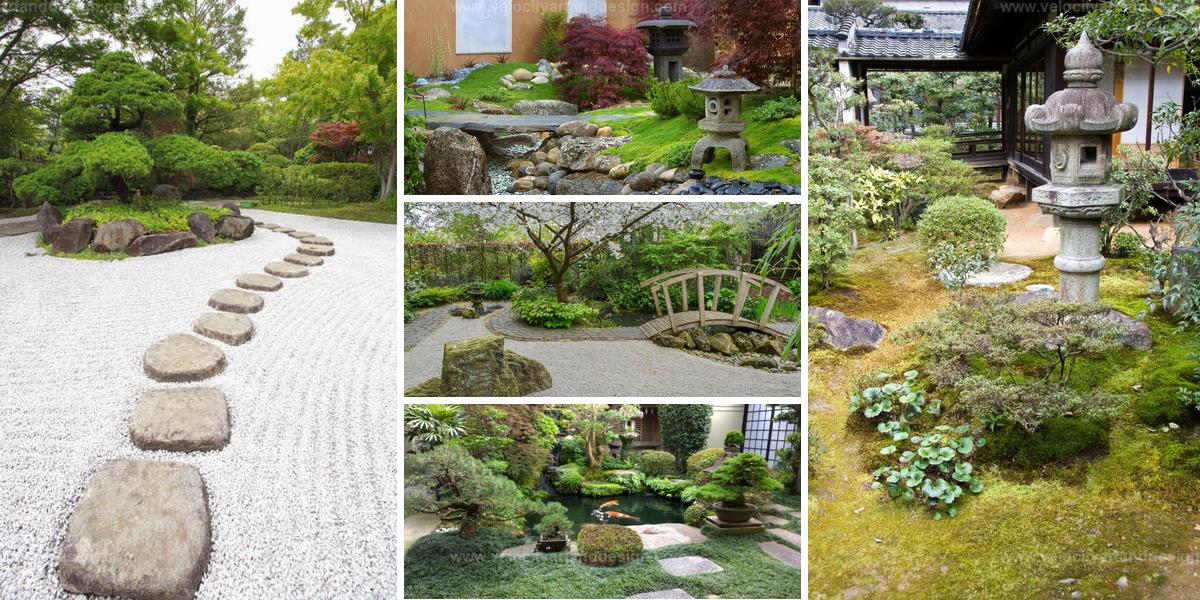
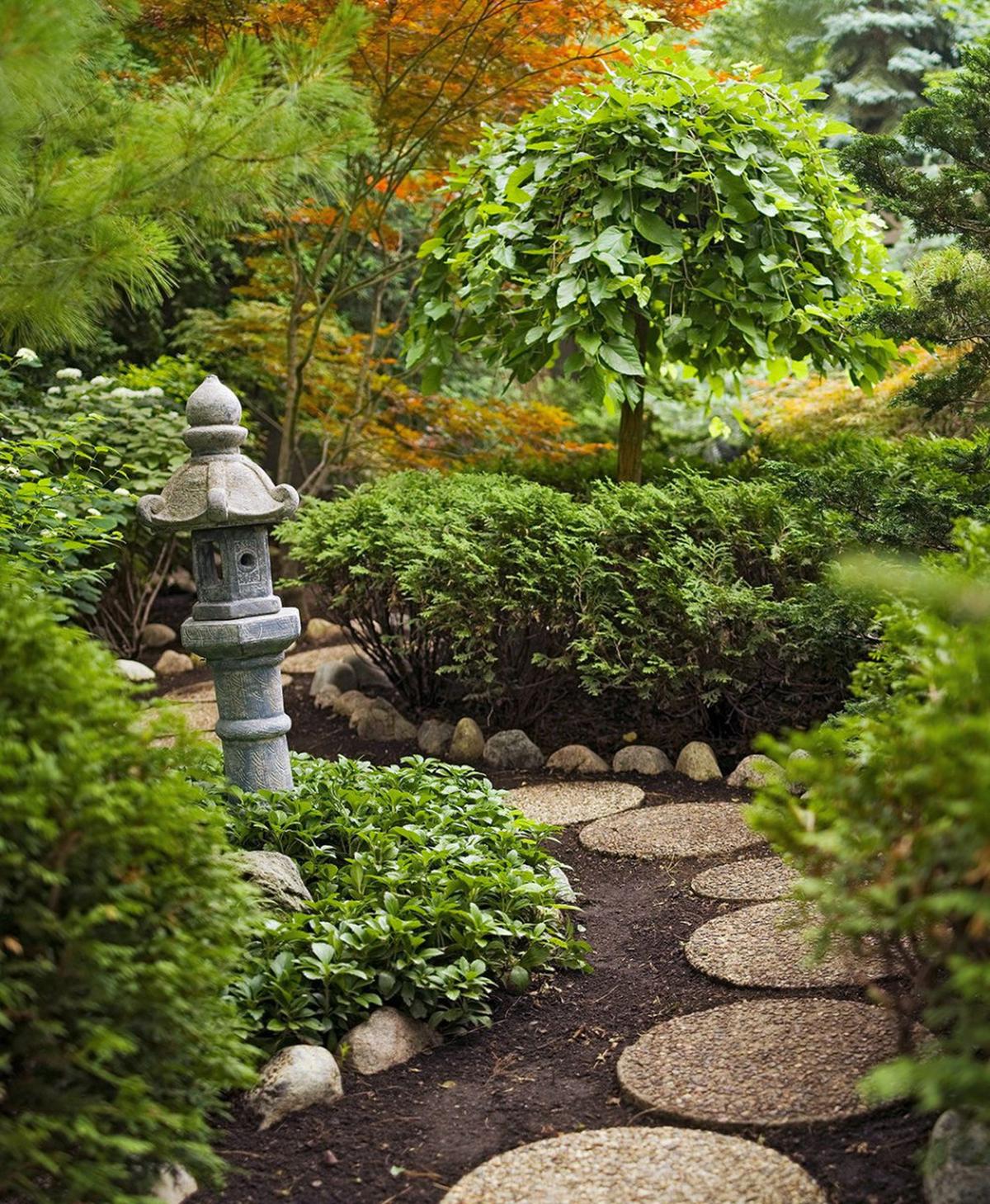
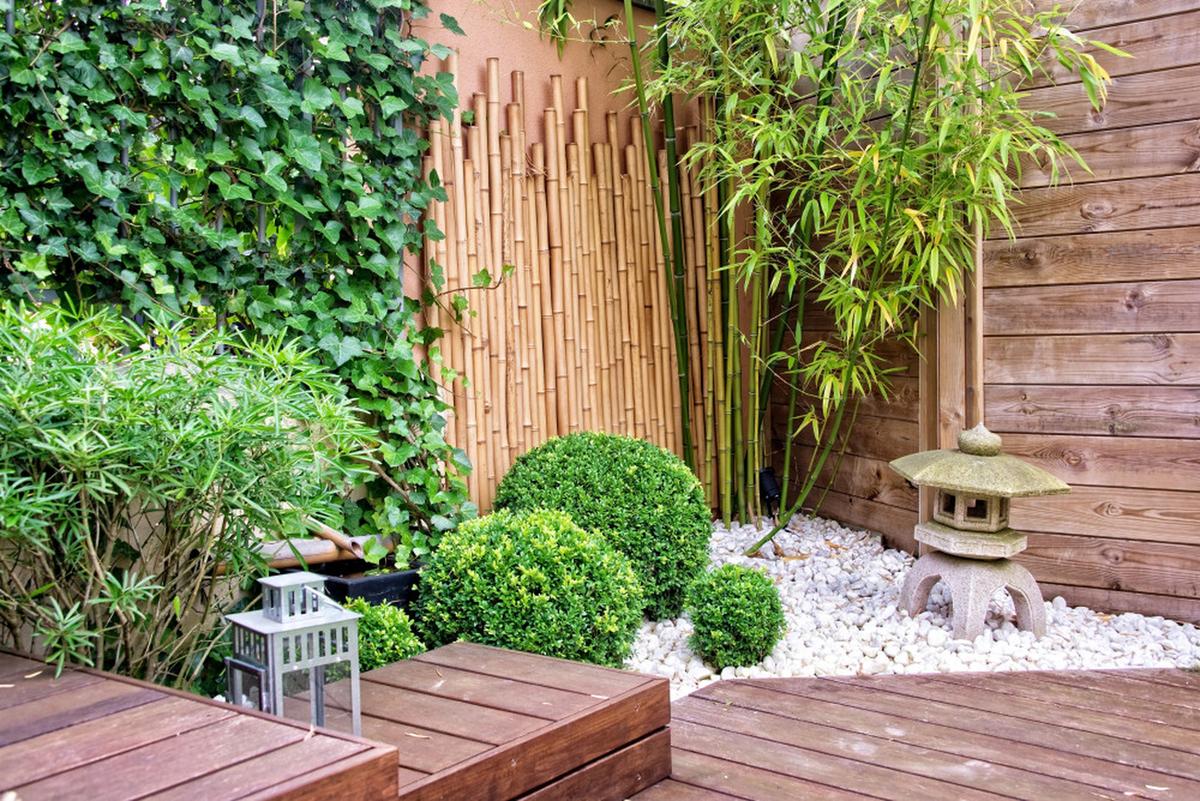
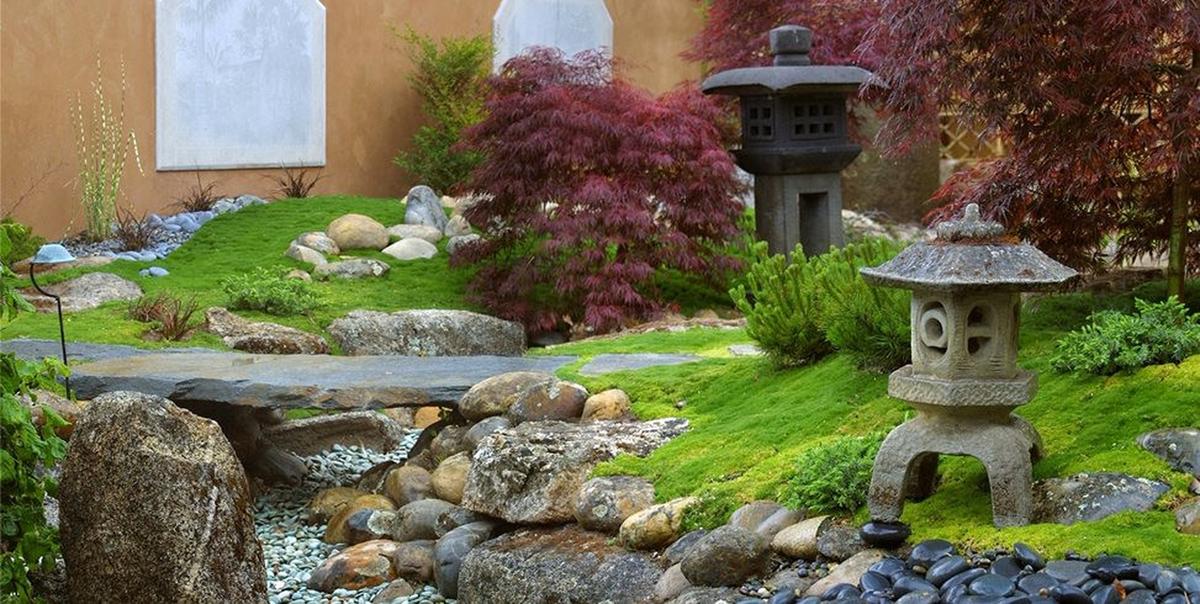
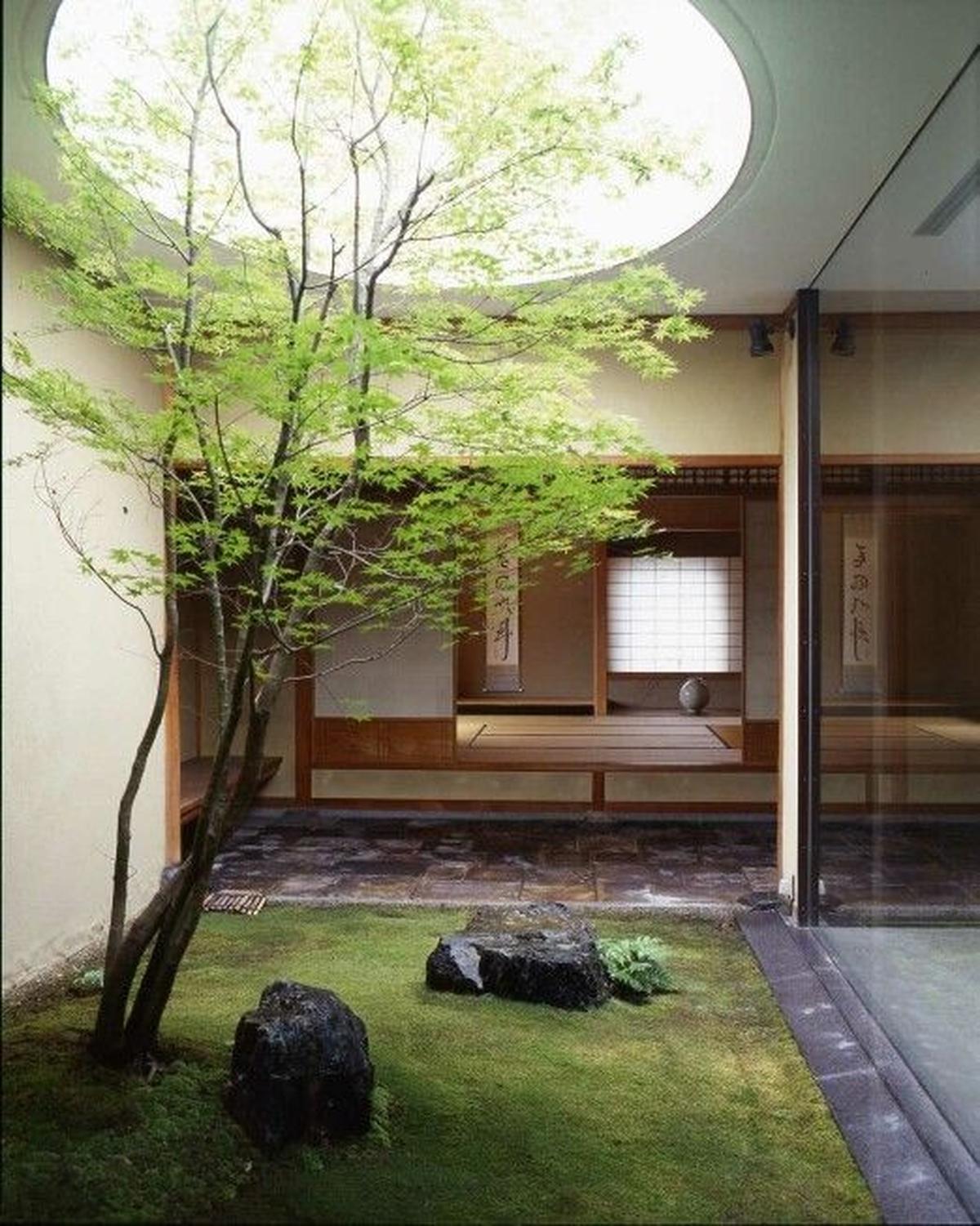
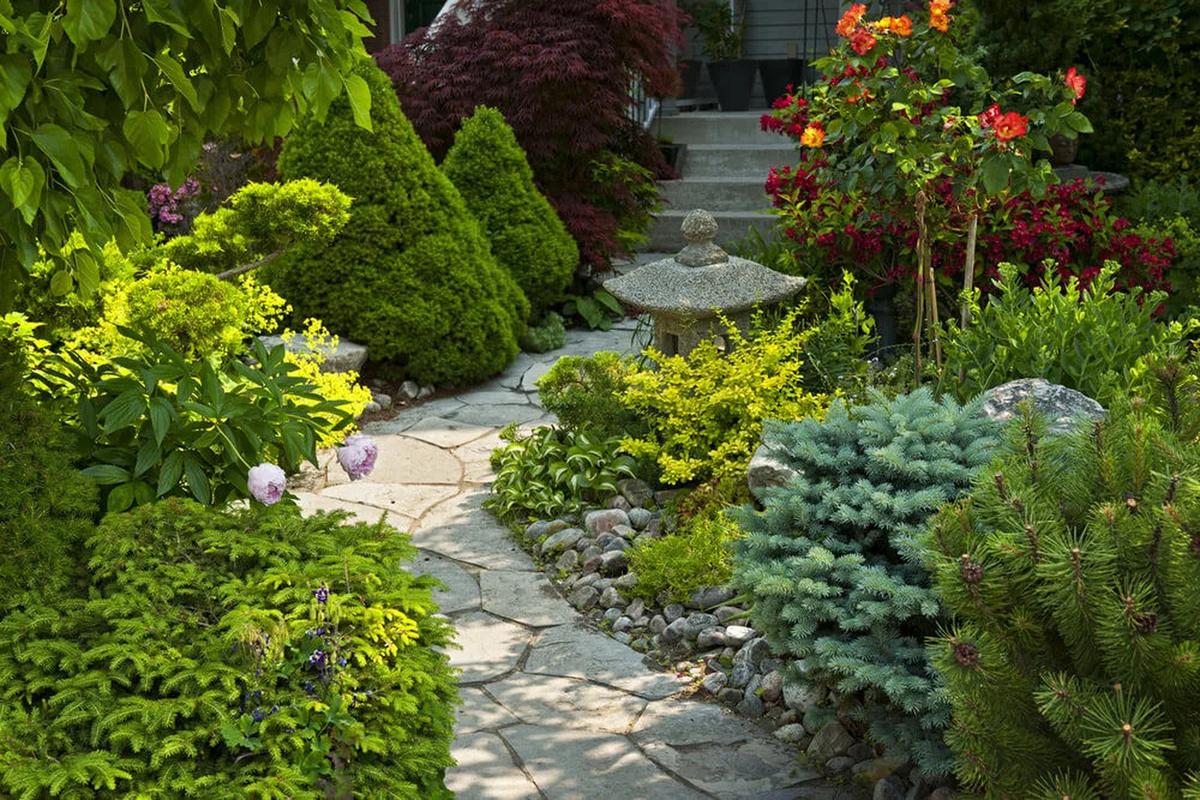
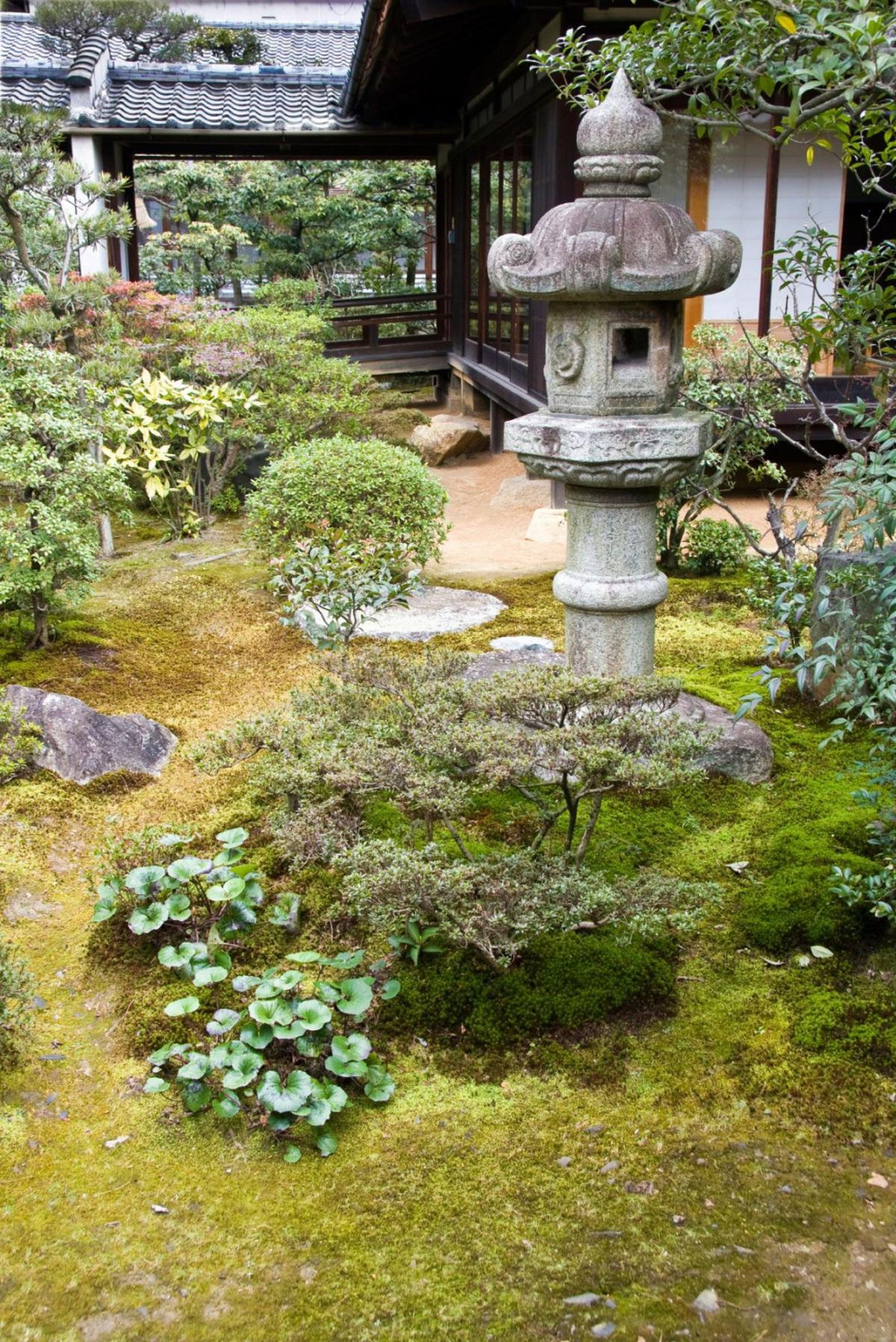
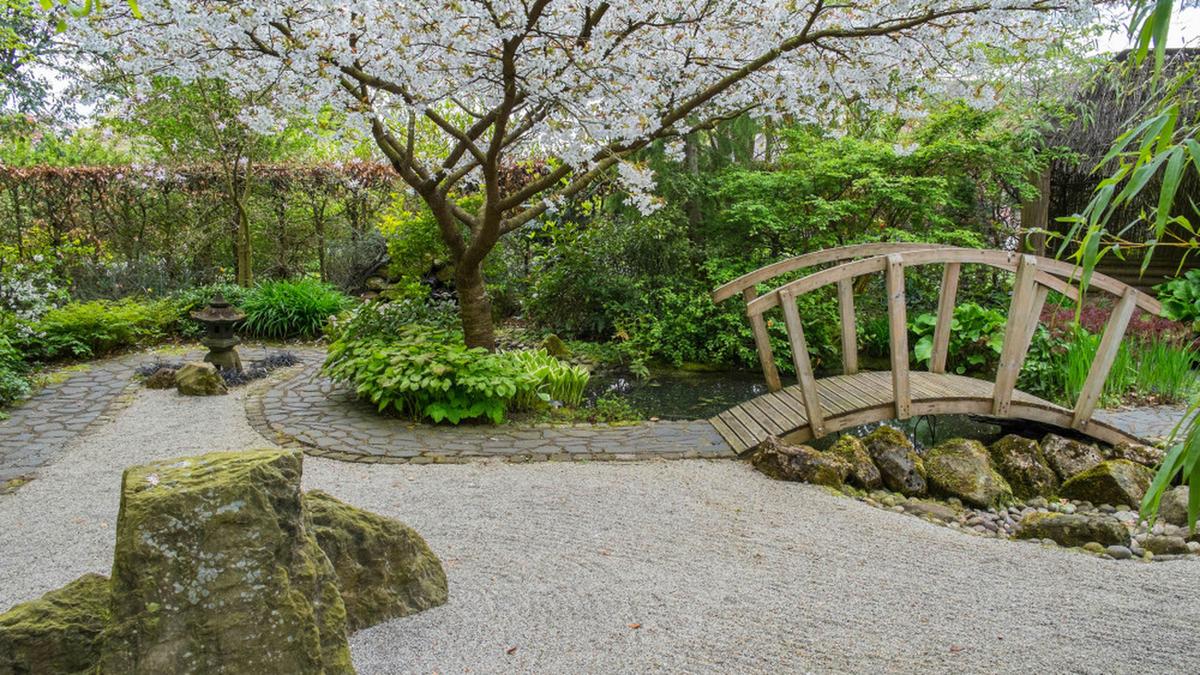
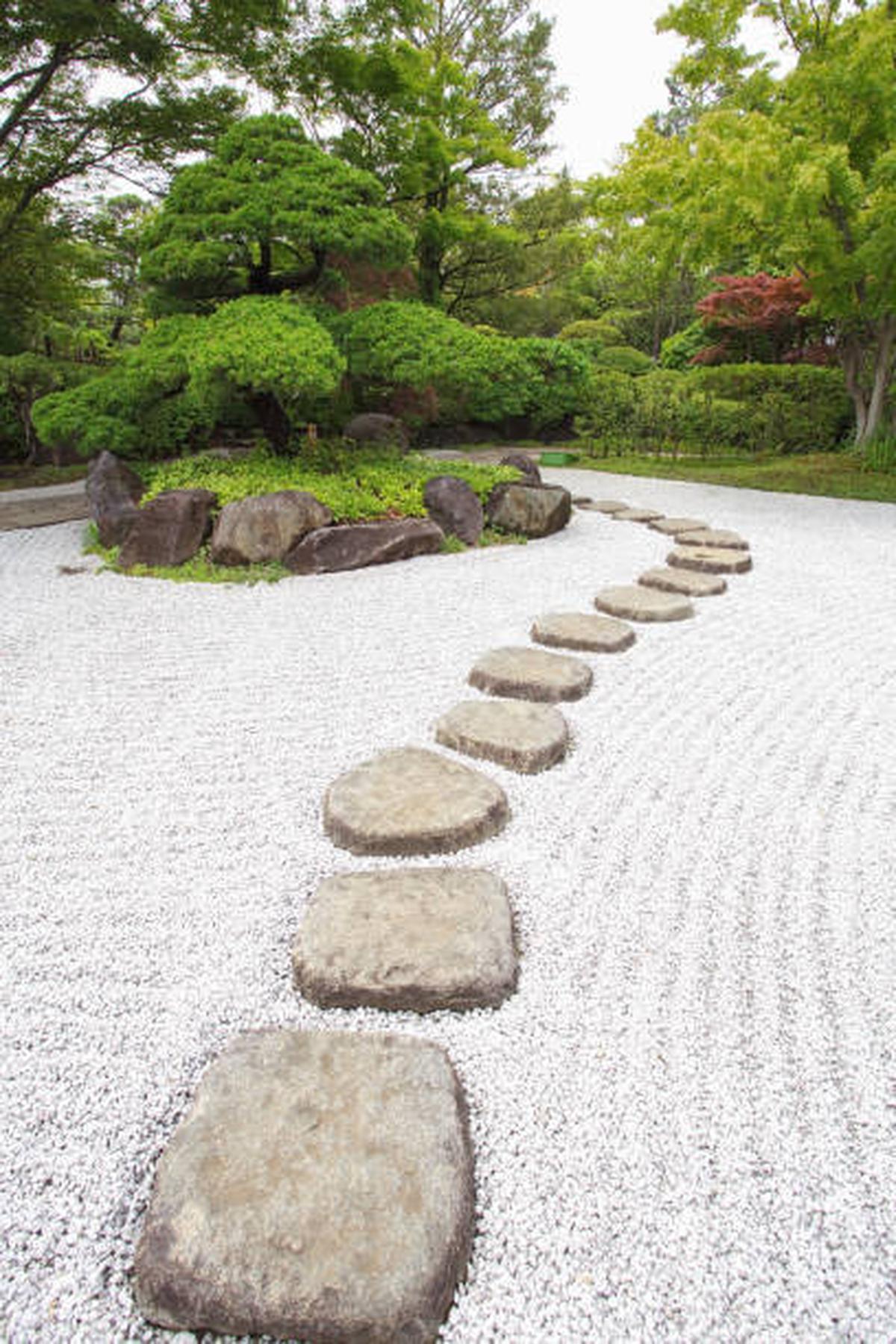
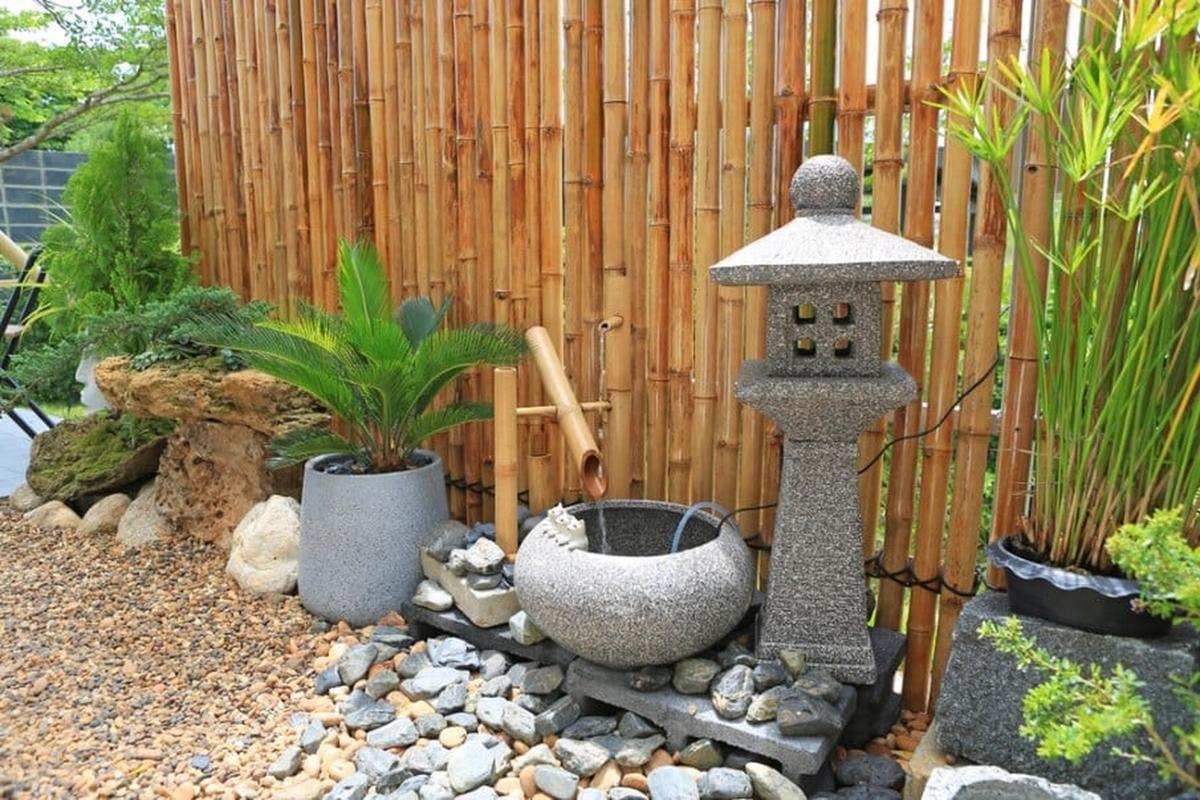
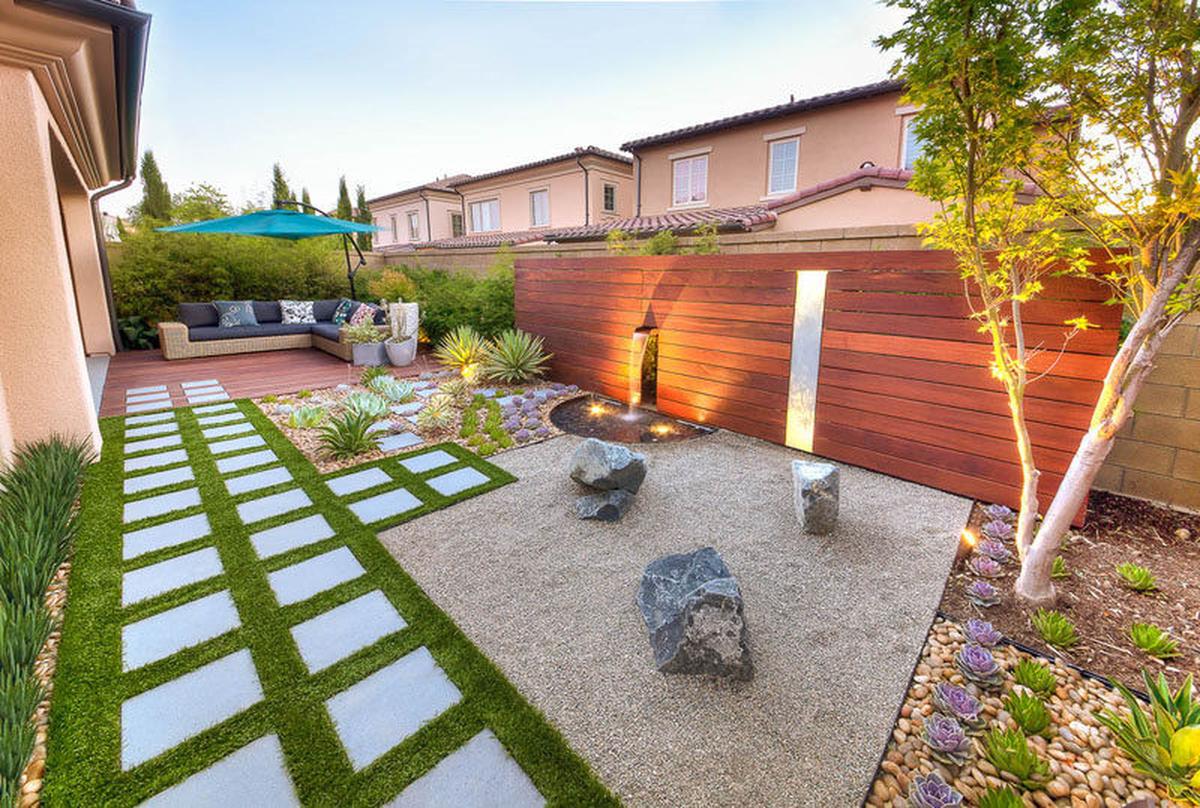
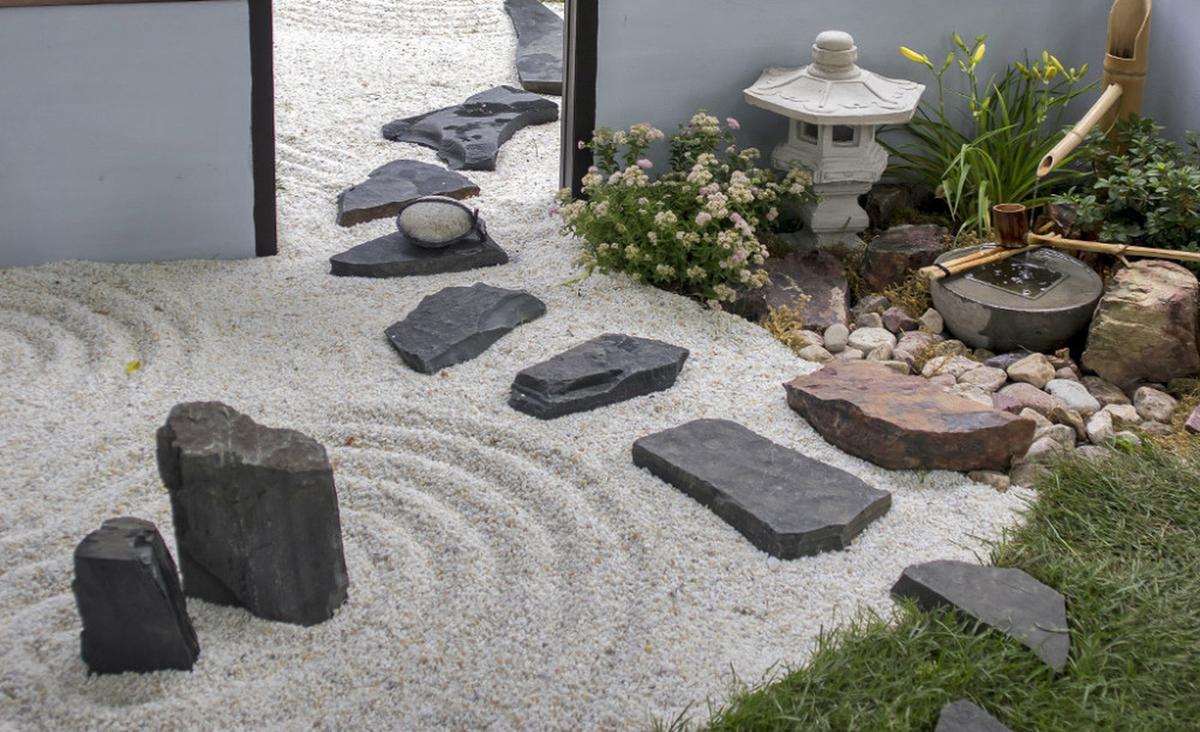
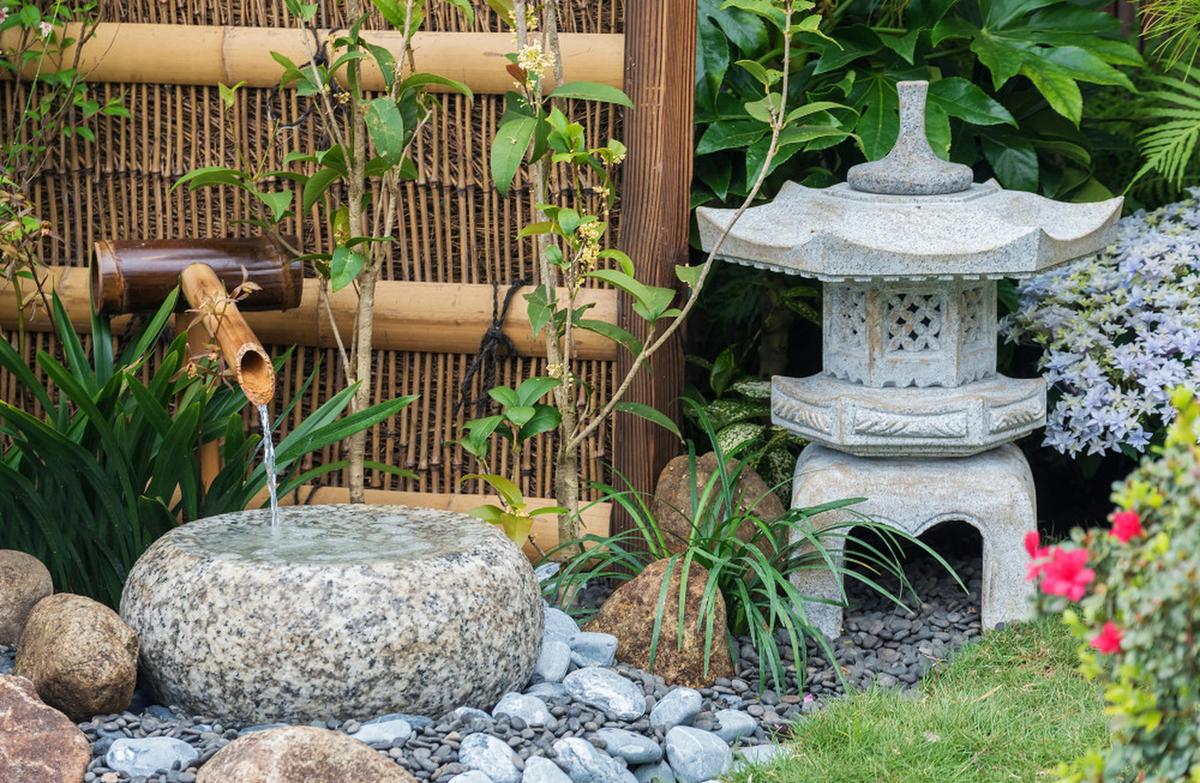
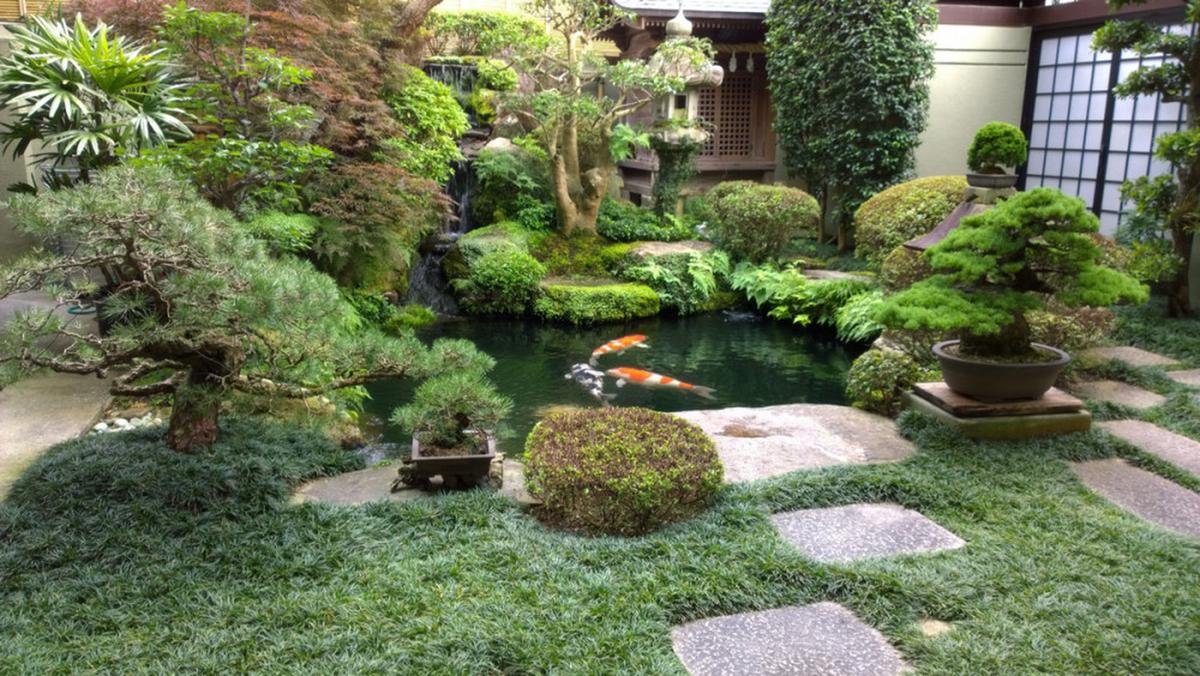
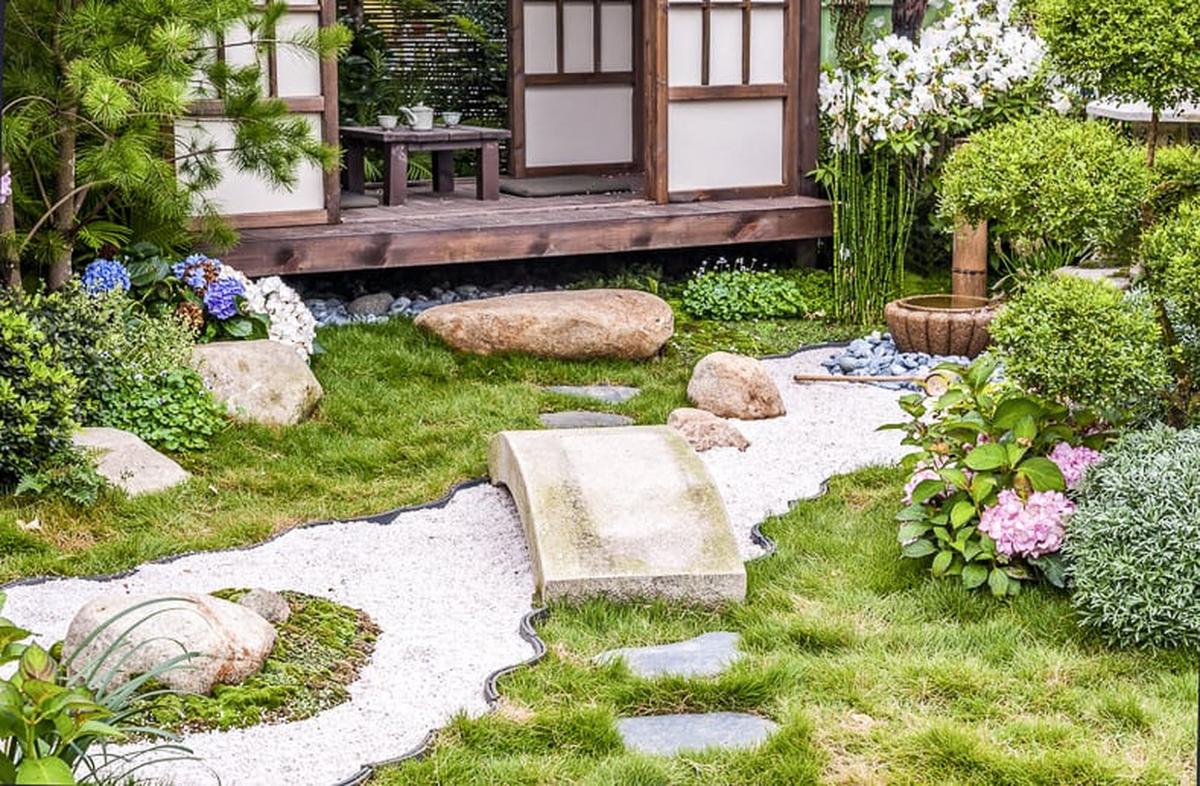
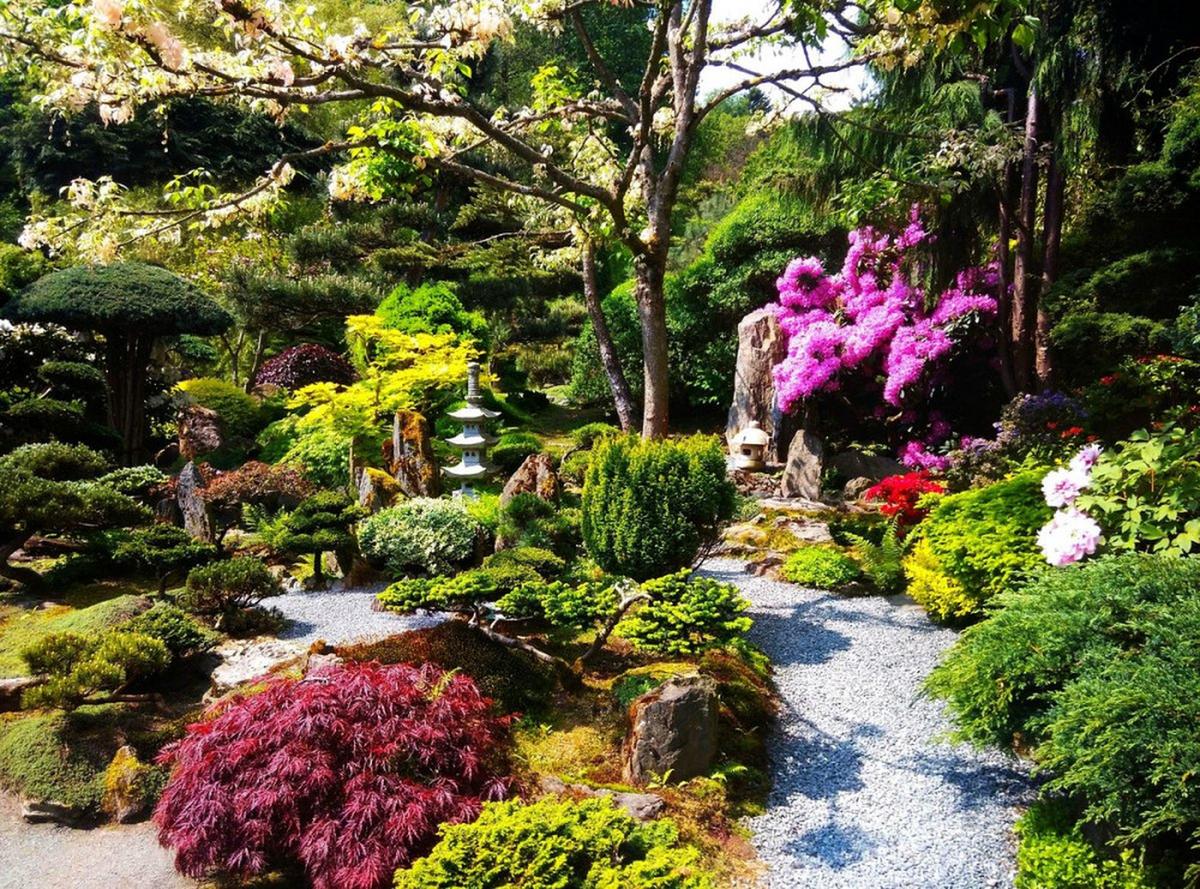
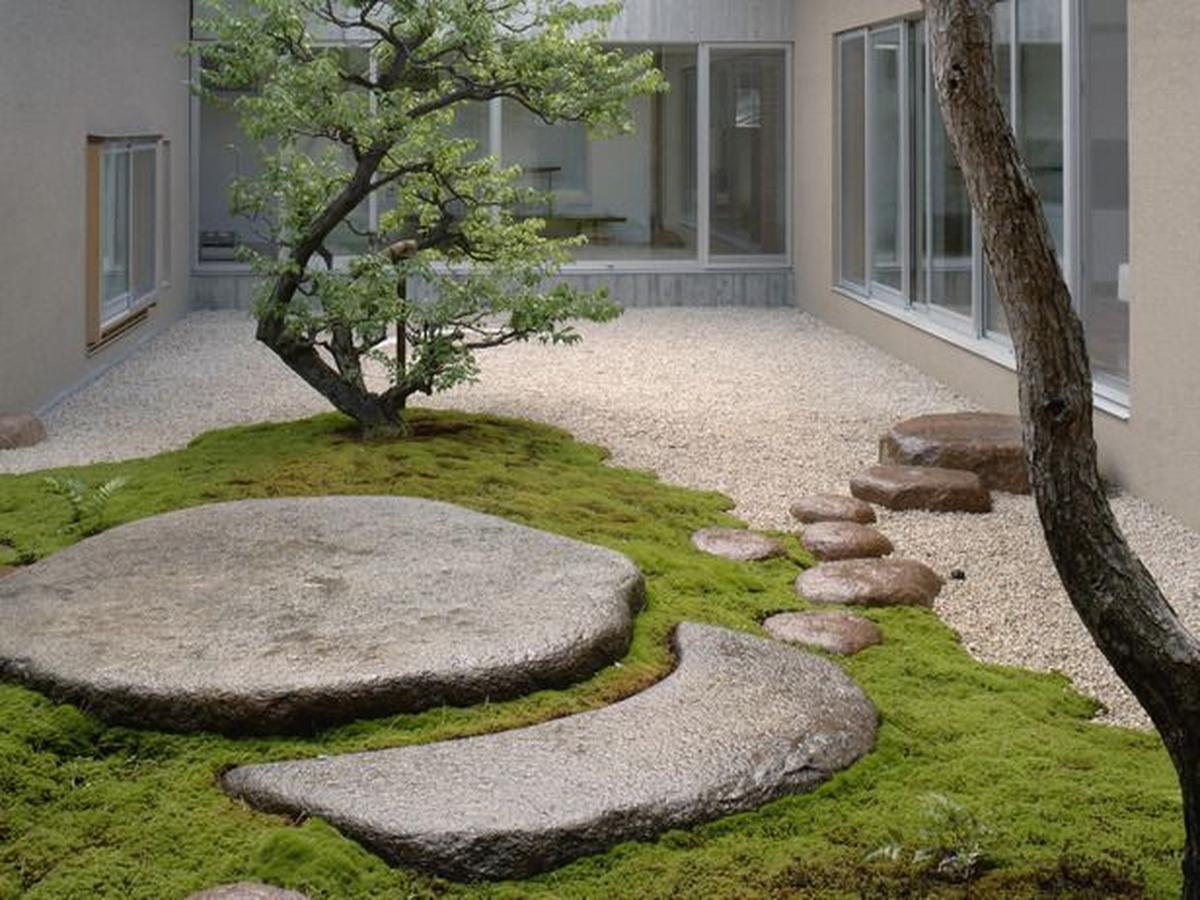
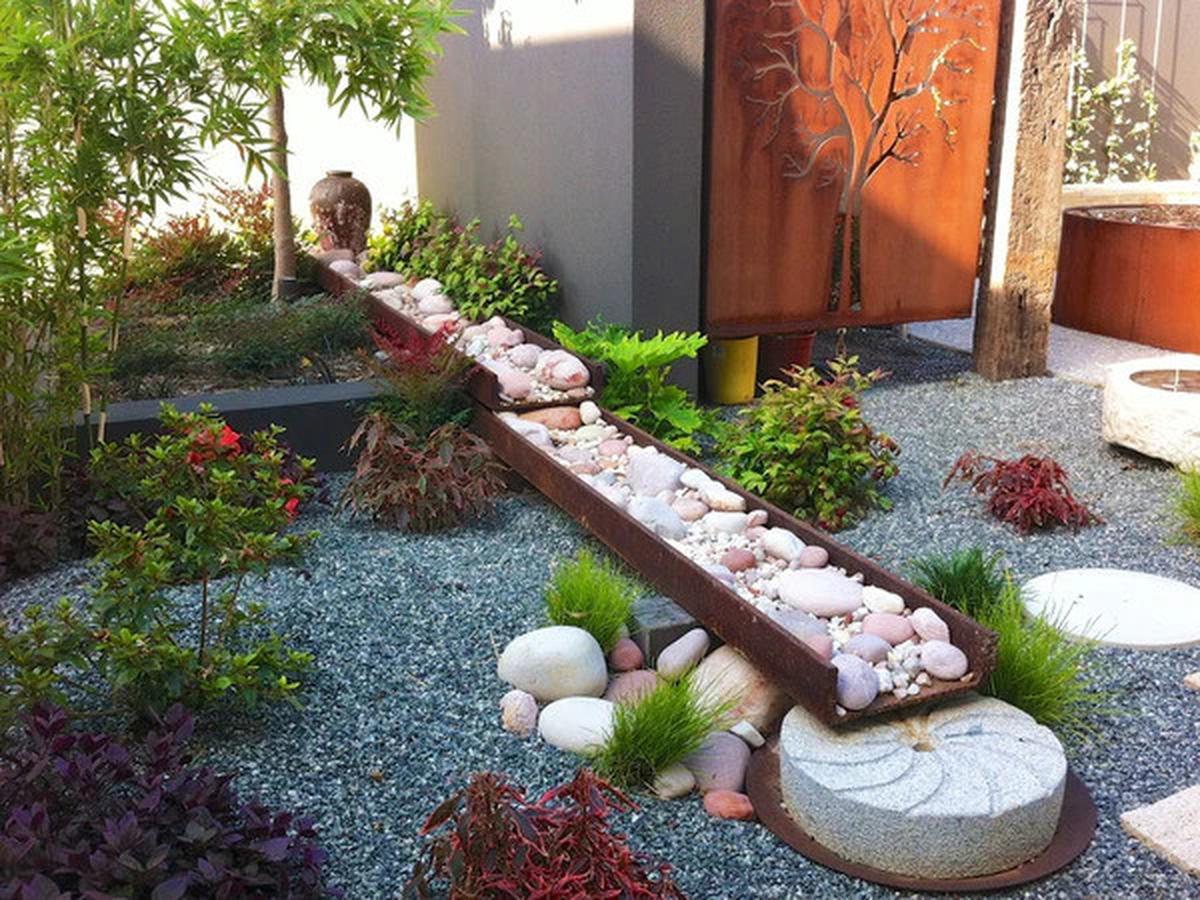
James Turner
Founder & Lead Designer
Expertise
Interior Design, Sustainable Design Practices, Spatial Planning, Innovative Material Applications, Contemporary Art Techniques, Visual Communication, Multimedia Artistry, DIY Design and Home Projects, Eco-Friendly Living Spaces, Creative Solutions
Education
University of Cincinnati College of Design, Architecture, Art, and Planning (DAAP)
Columbus College of Art & Design (CCAD), Columbus, OH
James Turner is the founder and lead designer at Velocity Art and Design. He studied Interior Design at the University of Cincinnati, focusing on eco-friendly design and smart use of space.
Later, he expanded his artistic skills with a Fine Arts Certificate from the Columbus College of Art & Design, where he learned about modern art and visual storytelling.
With over 10 years in design, James is passionate about making spaces that are both beautiful and practical. He shares his DIY tips and creative ideas to inspire others to explore their own creativity and transform their living spaces.